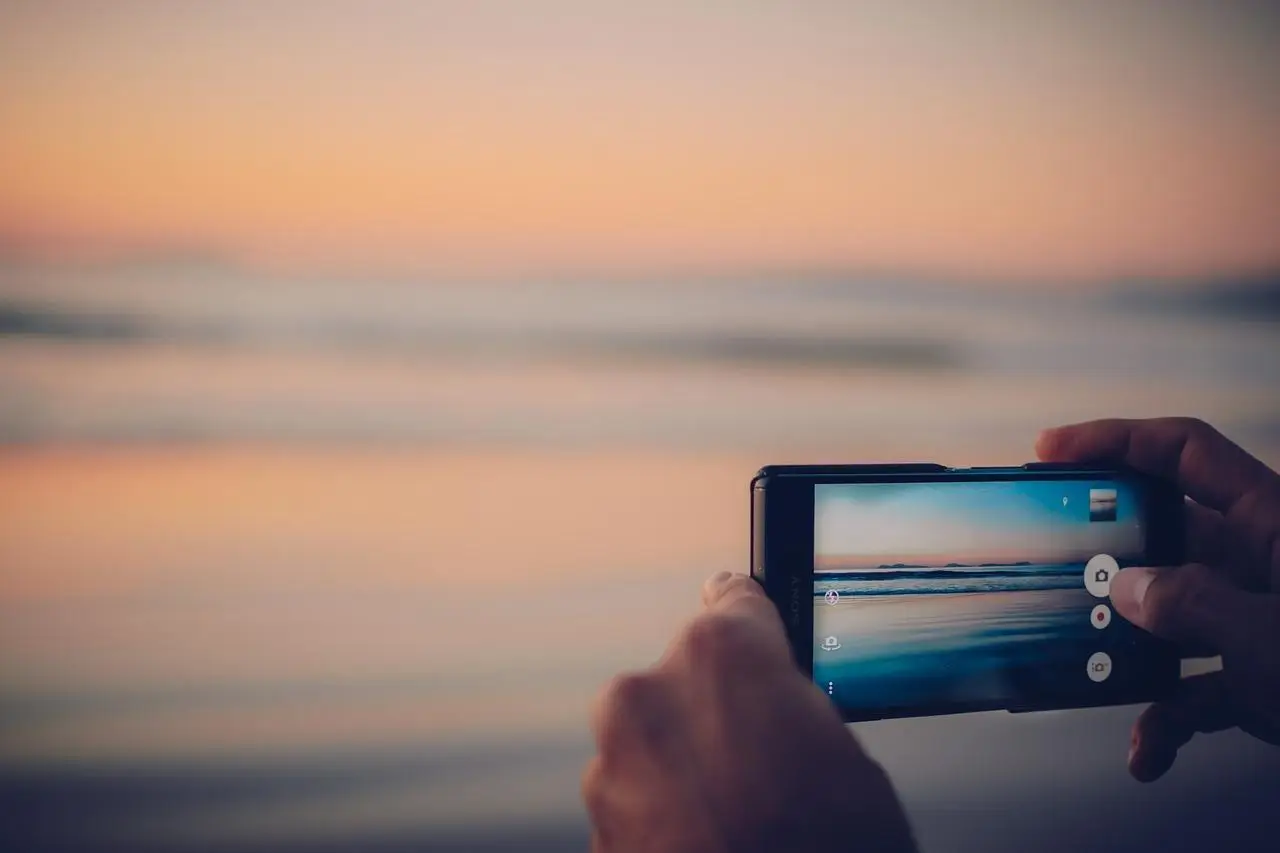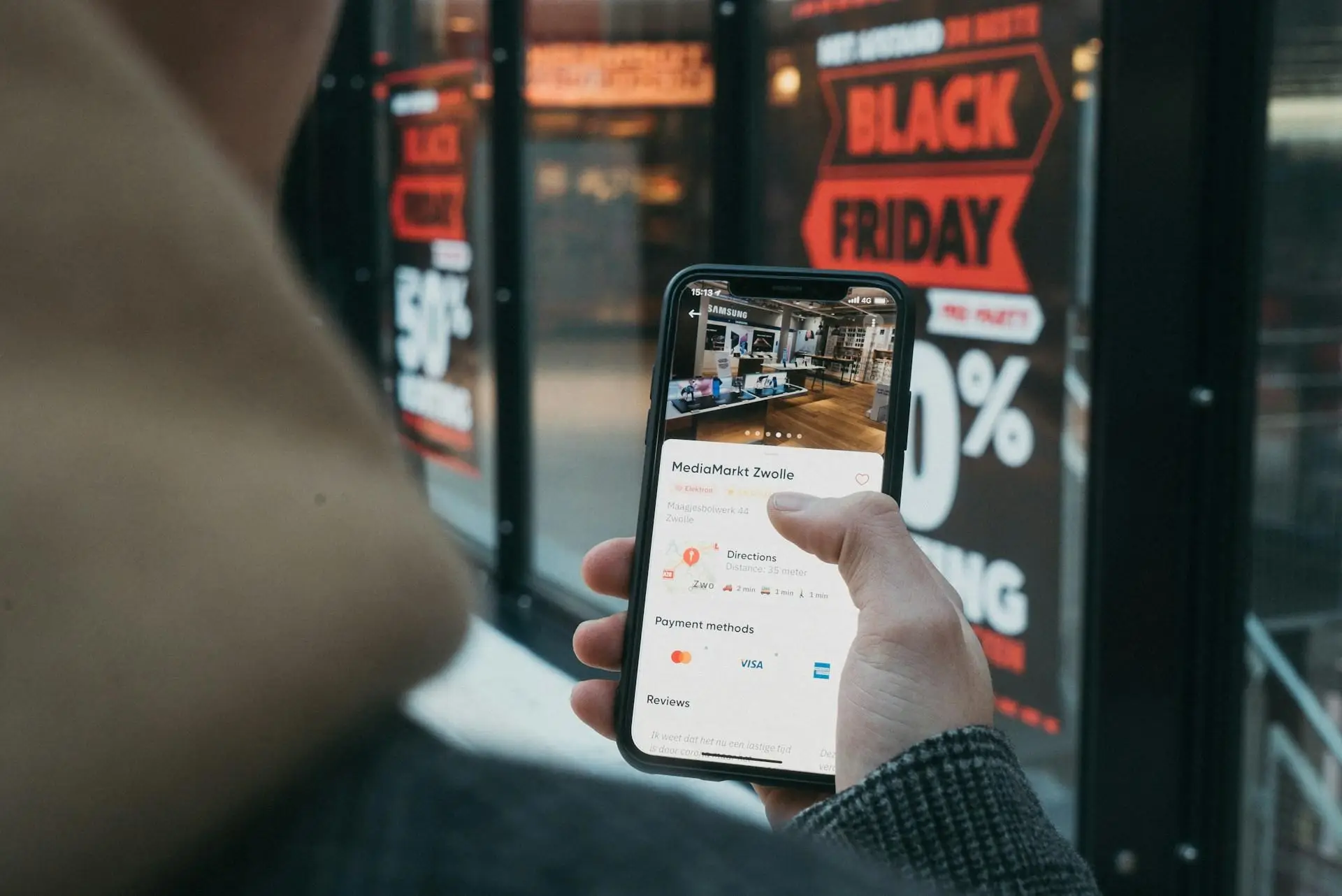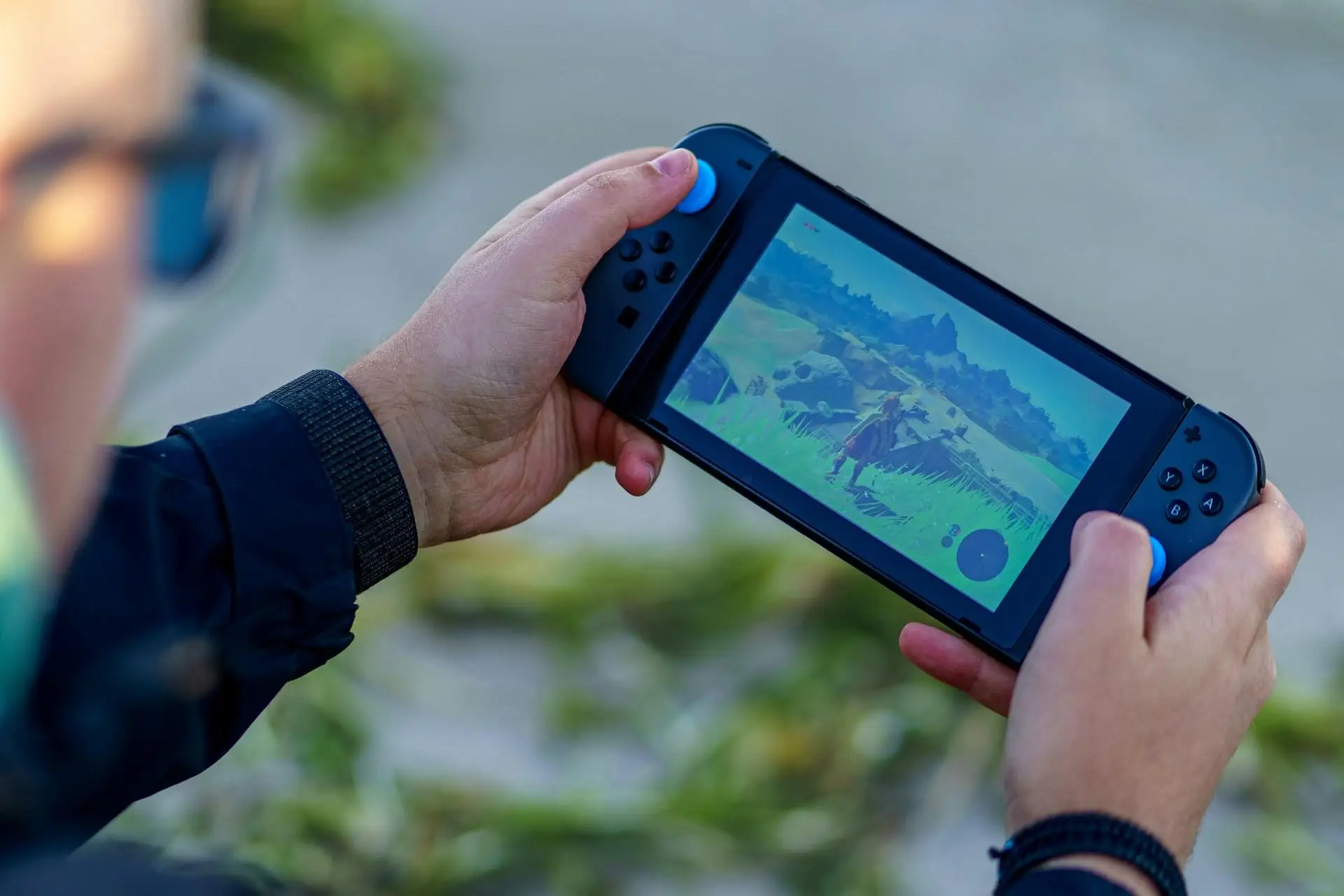In the ever-evolving landscape of digital advertising, standing out amidst the noise is a significant challenge. Curiosity-driven ads have emerged as a powerful tool, captivating audiences and outperforming traditional advertising methods. This article explores why these ads are so effective, how they function, and the benefits they offer to digital marketers.
The Science Behind Curiosity
Curiosity is an intrinsic human trait that drives exploration and learning. When an ad piques curiosity, it triggers a psychological response, compelling viewers to seek more information. This natural desire to know more can lead to higher engagement rates, as people are more likely to click on an ad if it promises to satisfy their curiosity.
Crafting the Perfect Curiosity Hook
Creating an effective curiosity-driven ad involves crafting a hook that intrigues without revealing too much. The key is to strike a balance between providing enough information to generate interest and leaving enough unsaid to provoke curiosity. This can be achieved through clever copywriting, intriguing visuals, or mysterious video content that hints at a bigger story.
Emotional Engagement Through Curiosity
Curiosity-driven ads often engage viewers on an emotional level, which can enhance their effectiveness. By sparking curiosity, these ads tap into emotions such as surprise, intrigue, or even suspense, making the advertising experience more memorable. This emotional engagement can lead to stronger brand recall and increased loyalty.
The Role of Storytelling in Curiosity-Driven Ads
Storytelling is a powerful tool in curiosity-driven advertising. By presenting a narrative that unfolds over time, ads can maintain viewer interest and encourage ongoing engagement. This approach not only sustains curiosity but also allows brands to build a deeper connection with their audience as the story develops.
Measuring Success: Metrics for Curiosity-Driven Ads
The success of curiosity-driven ads can be measured using several key metrics. Click-through rates (CTR) are often higher for these ads, as viewers are motivated to learn more. Additionally, metrics such as time spent on page, bounce rates, and conversion rates can provide insights into how effectively an ad captures and maintains audience interest.
Real-World Examples of Curiosity-Driven Ads
Several brands have successfully leveraged curiosity-driven ads to achieve remarkable results. For instance, teaser campaigns for upcoming products or movies often generate significant buzz by keeping key details under wraps. These campaigns demonstrate how curiosity can drive engagement and anticipation.
Advantages Over Traditional Advertising
Curiosity-driven ads offer several advantages over traditional advertising methods. They tend to be more engaging, leading to higher interaction rates and greater brand awareness. Furthermore, by encouraging active participation from the audience, these ads can foster a sense of community and increase customer loyalty.
Implementing Curiosity in Digital Campaigns
For marketers looking to incorporate curiosity-driven strategies into their digital campaigns, there are several best practices to consider. It's important to understand the target audience and tailor the message to their interests and motivations. Additionally, testing different ad formats and messages can help identify the most effective approach for sparking curiosity.
Potential Pitfalls and How to Avoid Them
While curiosity-driven ads can be highly effective, they also come with potential pitfalls. Over-promising or misleading viewers can lead to disappointment and damage brand reputation. It's crucial to ensure that the content delivered upon clicking the ad meets the expectations set by the initial hook.
Future Trends in Curiosity-Driven Advertising
As digital advertising continues to evolve, curiosity-driven ads are likely to play an increasingly important role. Emerging technologies such as augmented reality (AR) and virtual reality (VR) offer new opportunities to create immersive experiences that captivate audiences. By staying ahead of these trends, marketers can continue to leverage curiosity to achieve outstanding results.
In conclusion, curiosity-driven ads are a powerful tool in the digital advertising arsenal. By tapping into the innate human desire for knowledge and discovery, these ads can capture attention, foster engagement, and drive successful marketing outcomes. As the digital landscape continues to evolve, the ability to spark curiosity will remain a valuable asset for advertisers seeking to connect with their audience in meaningful ways.










